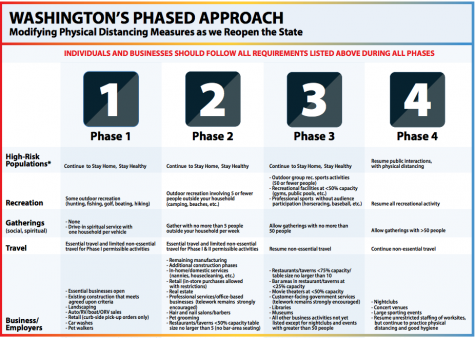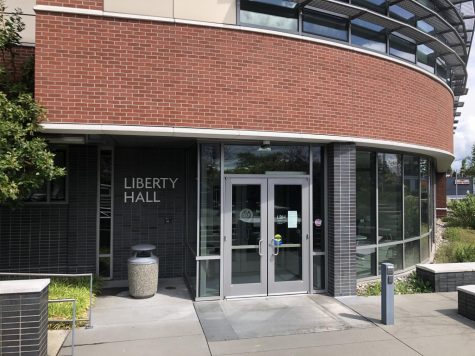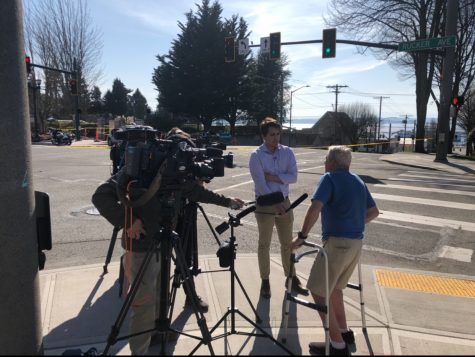A Different Way to Choose Your Classes?
What a ‘Guided Pathways’ Approach Might Mean for EvCC
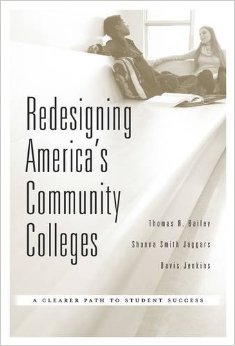
The book “Redesigning America’s Community Colleges” is the inspiration behind “guided pathways.”
EvCC is always changing to benefit its students learning. With this being said, there have been meetings and discussions among faculty, staff and President David N. Beyer to change things around. The idea is to implement the “guided pathways” philosophy into EvCC curriculum structure.
Many may be wondering about what in the world “guided pathways” are. Well, here is a brief summary of what came up in research.
According to Ashley A. Smith, a reporter for Inside Higher Ed, in her article “Redesigning Community Colleges,” the idea of guided pathways comes from “a new book from researchers at the Community College Research Center posits that the ‘guided pathways’ approach of program development will lead to better outcomes at institutions.”
Smith explains how the authors from the book, “Redesigning America’s Community Colleges,” the authors “believe the current cafeteria approach — where students select from often hundreds and thousands of courses on their path to earning a degree — is wrong for two-year colleges. They propose the guided pathways plan, which creates a structured and more narrow program of courses.”
Faculty and Administration Respond
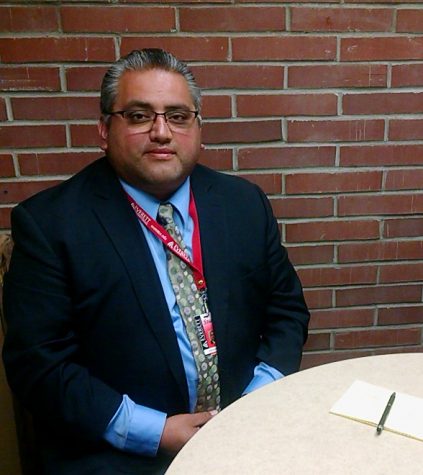
Andre Guzman,
Associate Dean of Advising & College Success.
The guided pathways idea came to EvCC after EvCC’s President Dr. Beyer came back from a retreat where there were other presidents from different colleges. They were asked to visit their school’s website in order to find any information about a major and how the process of it will look like. It was difficult to find all the information, so when Dr. Beyer came back he decided to do something about it.
Alison Stevens, Executive Vice President of Instruction and Student Services, said in an interview, “A lot of work has been done by different organizations around the country to improve the completion rates for community colleges … 80 percent of the people start thinking they’re going to get a transfer degree and only about 25 percent get one.”
The Community College Research Center from New York’s Colombia University “are working on a focus on keeping access to those students (the 80 percent) who want to get their degree and increasing the simplicity of the pathways so students don’t get all confused and get lost then waste their time and money and then not get a degree,” said Stevens.
Associate Dean of Advising & College Success, Andre Guzman, described guided pathways as “thinking about the end first … we want to be more efficient for student’s number one for their time and their money. In the’ guided pathways,’ instead of coming to a buffet of classes and programs … what the college is trying to do is to help students pick those majors earlier rather than later. Instead of taking 60 credits and saying ‘oh that’s what I want to do now’ the college wants to make sure that the students are taking the classes they need to and right away connect them with advisors and also mentors.”
As of right now, it is estimated that guided pathways would take more than five years to be set up and running at any institution. It takes a lot of time and planning, as Stevens put it “faculty, student services, students and administration everybody really needs to put their heads together,” to make this happen.
However, once it is up and running, the students may have it easier. They could potentially have a default schedule with the classes they need to start with already set up.
The EvCC faculty have had meetings about guided pathways, in one of their last meetings they discussed if they wanted to support “guided pathways” or not. At the end there was a unanimous vote to support it.
Jessica Cain, faculty advisor, explained how she “has been doing entry advising for a long time, and the majority of the students … want more help, they want me to tell them what to take. I think that a lot of our options have too many choices, and students are overwhelmed … It can be confusing and complicated.”
Advising will play a big role in this change, and even though it is still early to picture how everything will work, Guzman has an idea of how things can change. “Pathway advising will link you to the experts in your area of study early on in your academic endeavor. This allows the faculty and student to create a mentor relationship and lead to other important conversations.”
In the state of Washington, Yakima Valley Community College is one of the first colleges to implement “guided pathways” in their structure. EvCC is looking at them for guidance and will most likely follow their model.
In the next few weeks, Guzman will be taking a trip down to YVCC to get to know about their advising program and how it is working. “Everett is one those schools that think big, they go big and they get it done, and I want to be part of that team,” said Guzman.
Students at EvCC are still primarily unaware of the possible changes, but Stevens has had a few conversations with the ASB President and the Student Senate. In September, there are plans of a kick-off event to get everyone else involved with “guided pathways.”
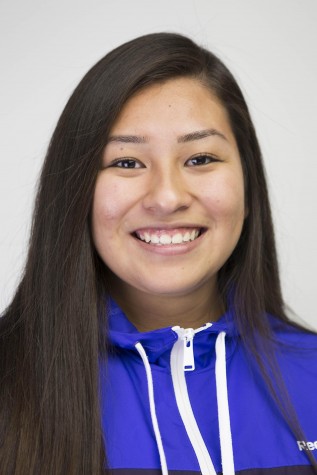
What do you like to write about?
At first I started writing about sports, actually my first article for The Clipper was about the EvCC Track Team. However,...


